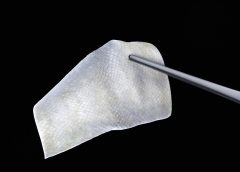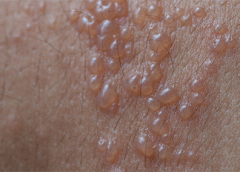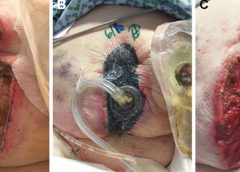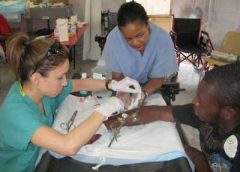By Susan Beard, RN, BS, CWOCN
Suppose you’re reading an article on a new product that states the product has been through a series of clinical trials before marketing. What does this mean? Who was involved? As a clinician, could you initiate or be involved in a clinical trial of a new product? Who are clinical trial subjects, and what’s it like for them to be involved in a clinical study?
A clinical trial starts as an idea. As clinicians, we often use our critical-thinking skills to imagine a product or method of practice we think could be created or improved on to better meet our patients’ needs. The idea begins to grow and a series of events begins. (more…)
Read More





